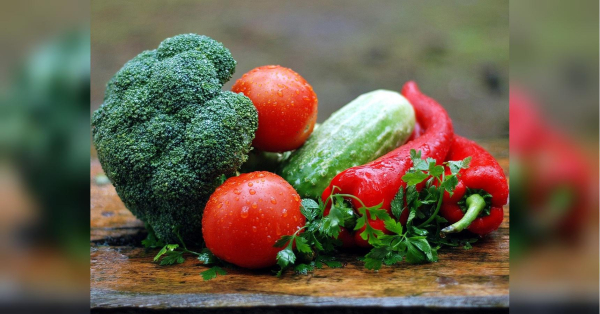
VANCOUVER, British Columbia — Wildfires have already burned a record amount of area in the Canadian province of British Columbia and the situation will probably get worse due to more hot, dry weather, government officials said Tuesday.
The fires are responsible for at least two deaths in the province and, combined with a severe drought, will impact farmers and cattle producers.
Bowinn Ma, B.C.’s minister of emergency management, told a news conference 391 wildfires are currently active in the province with over half of them out of control.
There have been 235 wildfires start in the last seven days.
“We know that the road ahead of us is long, complex and challenging,” said Ma.
The BC Wildfire Service website said since April 1, 1,183 wildfires have burned 13986 square kilometers (5,400 square miles). That surpasses the previous full-year record of 13,543 square kilometers (5,228 square miles) set in 2018.
Cliff Chapman, director of operations for the B.C. Wildfire Service, said the province is just entering the “core fire season” of July and August.
“The models don’t look great for the rest of the summer,” said Chapman. "With the amount of lightning we saw in this province over the course of the last 10 days coupled with the drought that we are experiencing, we have high potential for holdover fires.”
On Monday, the B.C. Coroner’s office posted a public safety bulletin confirming it is investigating the death of a 9-year-old boy who died from asthma exacerbated by wildfire smoke.
“The loss of that boy . . . I can’t imagine a worse situation for a family to go through,” said Ma.
Last week a 19-year-old firefighter died after a tree fell on her near Revelstoke, British Columbia.
Another firefighter, Adam Yeadon, 25, died Saturday while fighting a wildfire near his home in Fort Liard, N.W.T.
B.C.’s drought bulletin shows 18 of the province’s 34 water basins are at drought Level 4, meaning harm to ecosystems and communities is likely. A further four are at the highest Level 5, when all efforts should be made to conserve water and protect critical environmental flows.
Ma said officials are concerned about long-term drought conditions, with potential impacts being forecast for the 2024 wildfire season.
"If we do not get significant precipitation over the winter and into the spring, those reservoirs might not recharge the way that they normally expect them to and that could mean earlier drought conditions (and) another wildfire season that is like what we’ve seen this year,″ she said. “We are attempting to assess and understand what those long-term
Agriculture Minister Pam Alexis said the fires have resulted in a need for hay and grain to feed animals.
Some small-scale farmers are “wrestling with hard decisions” about selling some of their cattle, she said.
In Ontario, there are currently 39 active wildfires in the province’s northwestern region, with six out of control, two being held, two under control and 29 being observed, according to the provincial government.
Quebec officials reported 101 active fires Tuesday afternoon, 22 of them in the more-populated southern half of the province. Much of the Saint Lawrence River Valley, including the Montreal area, and regions to its west and north, are subject to smog warnings as smoke from the fires in Western Canada drifted across the continent.
Environment Canada is meanwhile reporting that parts of the Northwest Territories are seeing record-breaking temperatures as heat waves sweep the country. Air-quality advisories have been issued for several communities across the territory due to wildfire smoke.
Sourse: abcnews.go.com






